New year, new you, new ways of approaching old problems? If I had to name the conservation concern that we most often hear about at our office, it would most definitely be buckthorn. This non-native shrub originally hails from Europe and has gradually invaded forests and woodlands across the eastern and central United States. Buckthorn leafs-out earlier in the spring than native shrubs and holds its green longer into the fall. It is hardy, grows rapidly, and the females produce abundant quantities of dark purple berries. Combined, these characteristics add up to a formidable foe that has succeeded in outwitting most of our control strategies.
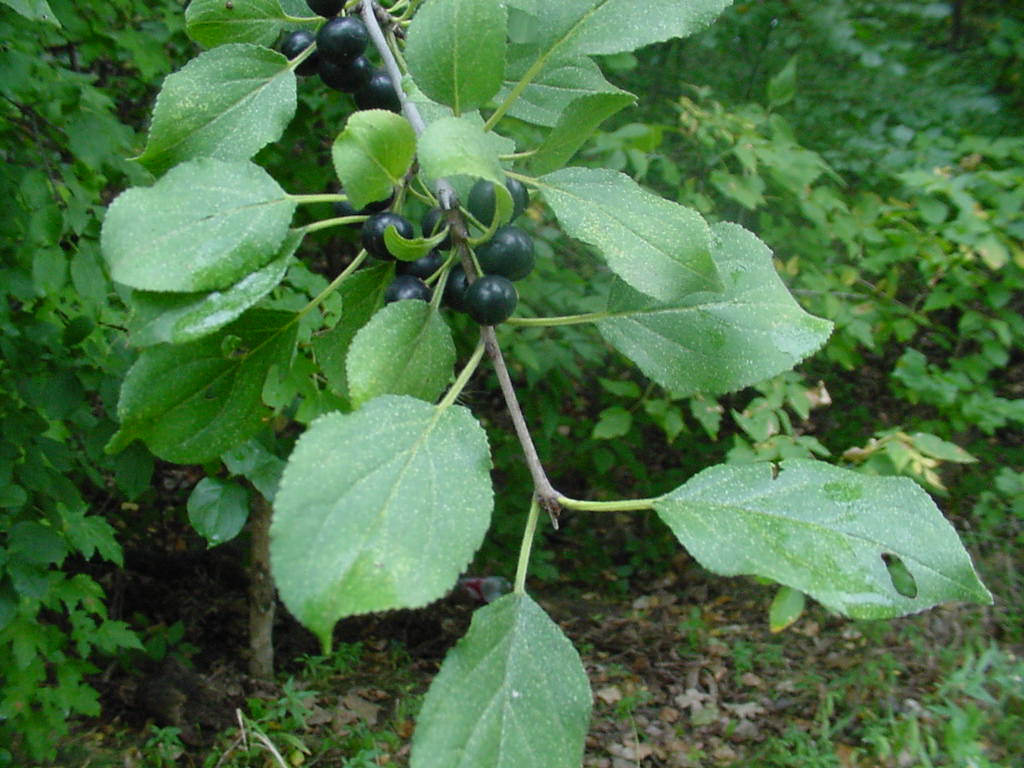
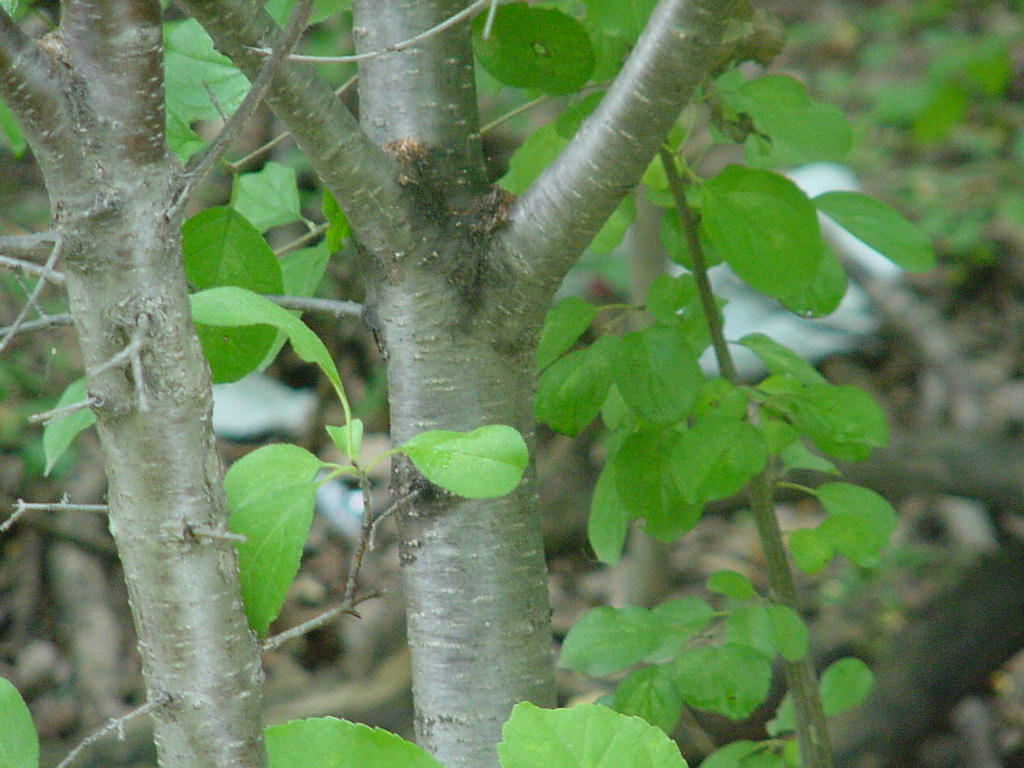
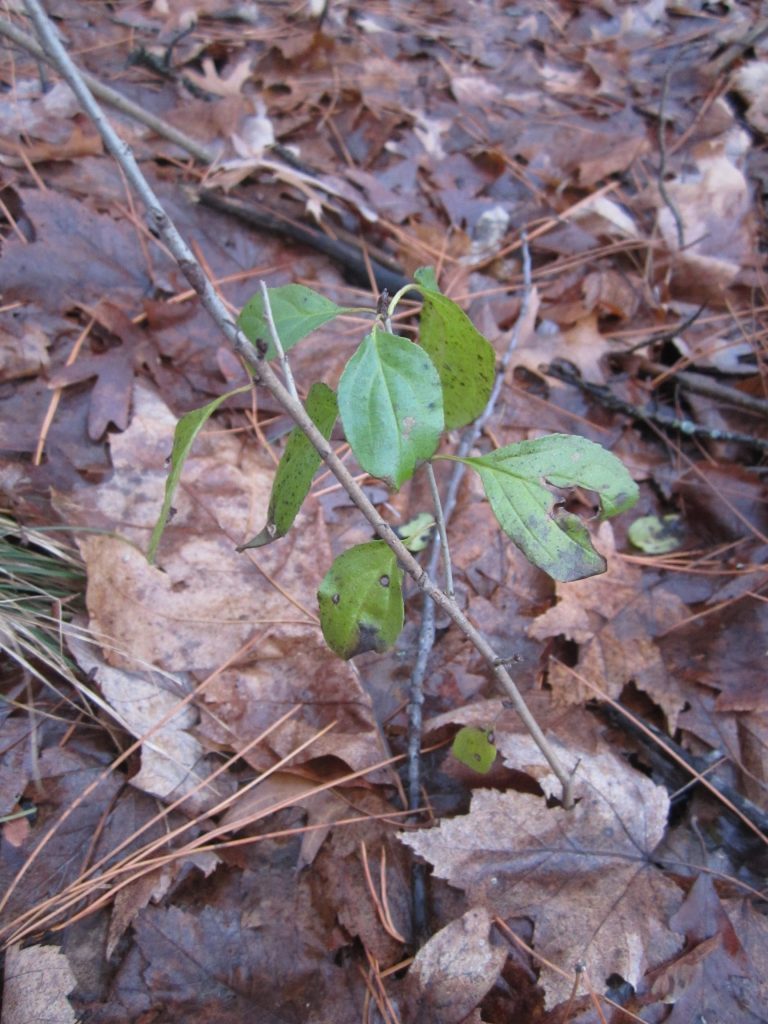
Now, new research from Friends of the Mississippi River, University of Minnesota, and the St. Croix Watershed Research Station offer glimmers of hope in the battle against buckthorn.
Twenty years ago, the recommended approach for removing buckthorn was to use a weed wrench to pull it from the ground, roots and all. As volunteer brigades across the state set to work pulling and yanking, however, ecologists began to notice that cleared areas were more prone to erosion and usually filled back in with buckthorn seedlings and other invasives like garlic mustard within the next three years.

Many land managers changed tactics and began cutting down buckthorn instead of pulling it, to avoid disturbing the soil. The downside of this strategy, however, is that you have to apply herbicide to the cut stump to prevent the buckthorn from re-sprouting like a mythical Medusa. This presents a challenge, because many people are uncomfortable using chemicals on their land and Garlon (the most effective herbicide for buckthorn) is only sold in large quantities.



More recently, goats have emerged as a crowd favorite in the crusade against buckthorn. Washington County Parks has employed herds of goats in habitat restoration projects at Cottage Grove Ravine Regional Park and Lake Elmo Park Reserve, and goats have also lent a helping hand at Afton State Park and numerous city-led park projects. A few local companies rent goats to private landowners for invasive species management, but the animals are in high demand and waiting lists are common.

Since 2021, Friends of the Mississippi River has been working to refine a human-powered strategy for removing buckthorn without pulling it or using herbicide. Instead, volunteers and contractors use saws and loppers to cut off buckthorn tops during the growing season, leaving about 4-5 feet of stump behind. Then, they return to the same shrubs twice during the same growing season to cut off any new growth. If needed, the plants are attacked once more the following year. By the end of the second growing season, the buckthorn stumps no longer have enough energy to continue sprouting and can be easily pulled without disturbing the soil.
Regardless of which buckthorn removal strategy you employ, you’ll soon learn that it is equally challenging to prevent baby buckthorn and other invasive species from moving in and erasing your hard work.
Mike Schuster, a researcher with the University of Minnesota, has spent the past seven years experimented with different approaches to long-term buckthorn management at the St. Croix Watershed Research Station near Marine on St. Croix. Two strategies that Schuster has found to be particularly promising include planting native trees species, such as elderberry, balsam fir, and sugar maple, immediately after clearing-out buckthorn (reduces buckthorn regrowth by 80%) and spreading a mix of wildflower seeds and wildrye in recently cleared woodlands (reduces buckthorn regrowth by 77%). Read about this and other buckthorn research in the latest edition of the Minnesota Conservation Volunteer.

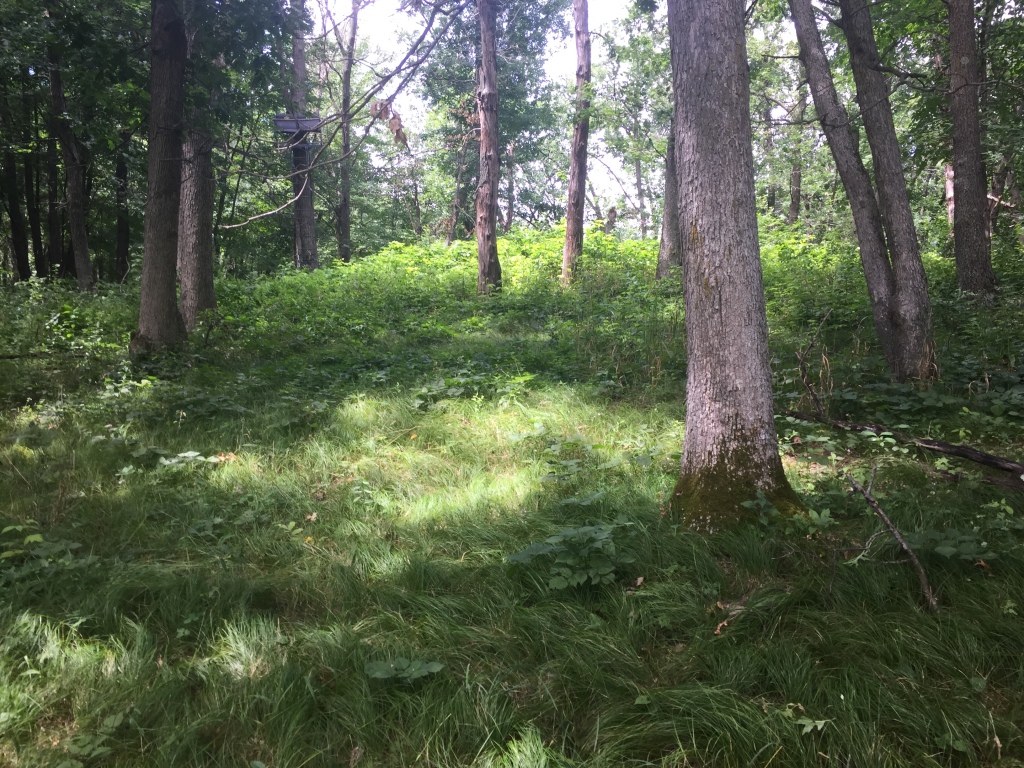
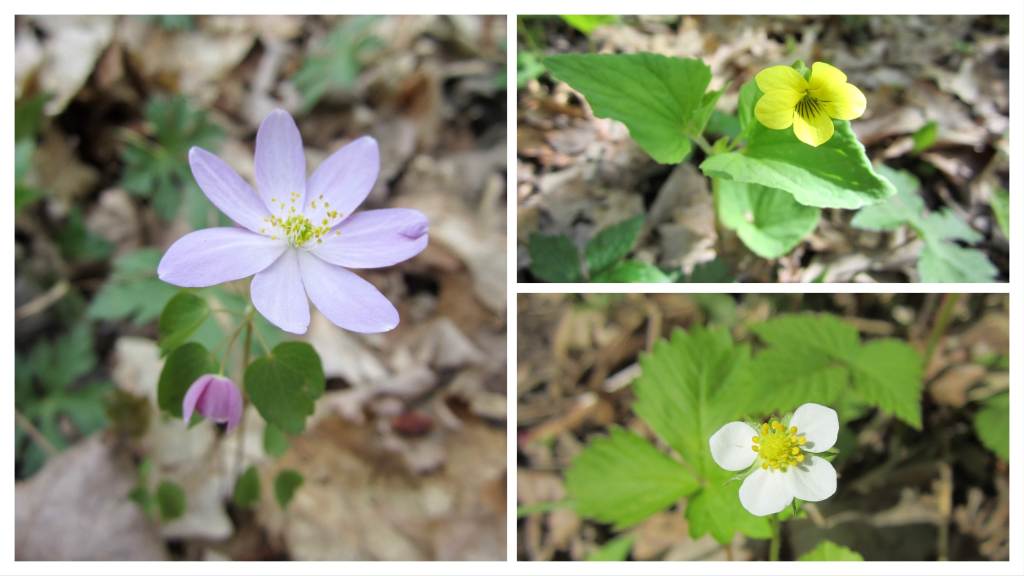
If you are planning ahead for a buckthorn removal and tree planting project this spring, Washington Conservation District has a limited selection of trees remaining for pre-order, including basswood, black cherry, common chokecherry, hackberry, false indigo, Midwest crab apple, and silver maple. The bare root seedlings are sold in bundles of 25 for $40, and are delivered for pick-up at the Washington County Fairground on April 26 and 27, 2024. This year, the Conservation District is also selling a mesic prairie seed mix ($46), songbird seed mix ($52), and pollinator seed mix ($62). Each package contains enough seeds to cover 1000 square feet. Go to www.mnwcd.org/tree-sales to place an order.
The Minnesota Department of Natural Resources (DNR) also sells seedlings for planting projects and offers cost-share assistance and technical support for forest landowners. The minimum order for DNR trees is 500. Visit www.dnr.state.mn.us/forestry for more info.